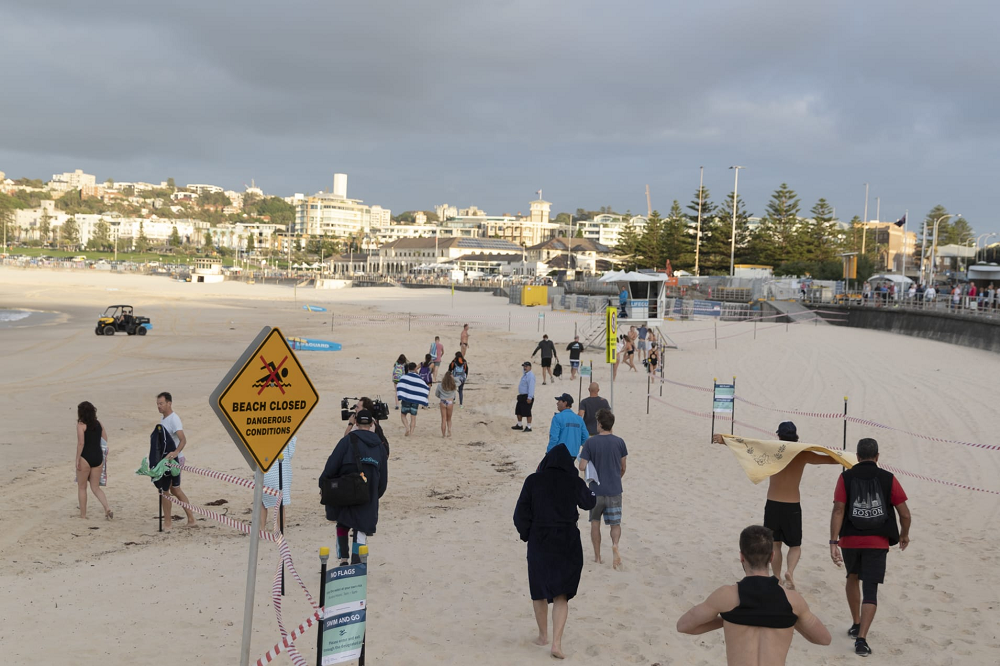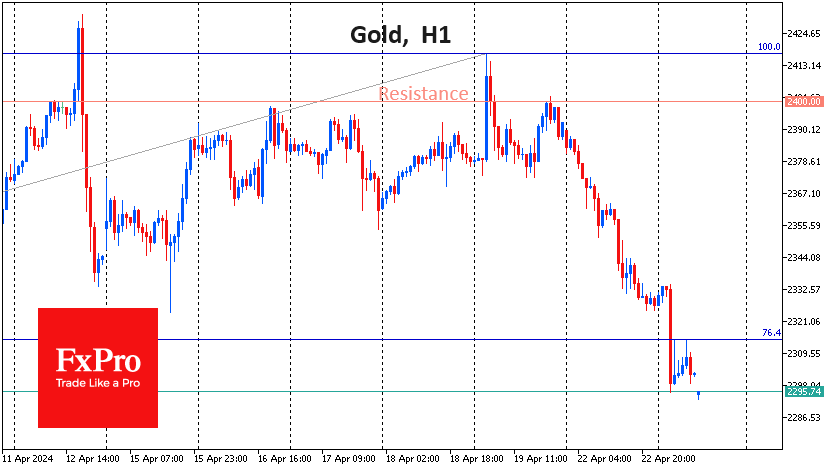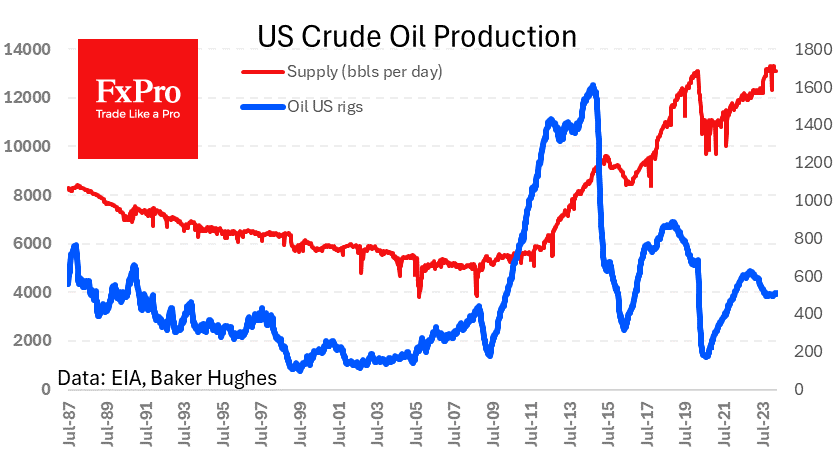These countries effectively contained the coronavirus, and their currencies are surging in response
April 28, 2020 @ 11:18 +03:00
Countries like Australia, New Zealand and South Korea are among the few which managed to buck the trend and put a lid on the coronavirus outbreak, at least for now. Their success has boosted investor confidence and it’s showing in the strength of their currencies.
With their economies re-opening again, their currencies have significantly jumped from earlier this year when the outbreak ravaged the Asia Pacific region. In contrast, many of their neighbors in the region are still struggling to control the pandemic.
Australian dollar The Australian dollar was one of the region’s worst-performing currencies last year, on the back of concerns over its slowing economy and that of China’s – its largest trading partner.
At the start of 2020, it was as high as $0.70 against the U.S. dollar — but plunged to a low of $0.5798 in mid-March as virus concerns took hold. Since then, it has surged 11.4% and last changed hands at $0.6460.
Australia acted swiftly when the outbreak surfaced in the country, closing off its borders and imposing movement restrictions. This week, its daily new cases came down to single digits, and Australia said it will start easing some restrictions.
The country has a total of 6,721 cases and 83 deaths as of April 27, according to Hopkins’s data.
New Zealand dollar At around mid-March, New Zealand’s currency was at a low of $0.5666. It has since gained about 6.4% to above the $0.60 level.
The country lowered its alert level on Monday, allowing gatherings of up to 10 people and permitting businesses to reopen, though they cannot physically interact with customers. The country had previously raised its alert level to the highest alert level, which meant no gatherings were allowed and all non-essential businesses to close.
New Zealand has managed to keep numbers low compared to the rest of the region, after decisively locking down the country soon after the first cases surfaced. It recorded 1,472 confirmed cases, and 19 deaths as of April 27, according to Johns Hopkins.
Korean won From initially being Asia’s worst-hit country outside China, South Korea is now hailed as a role model for successfully containing the outbreak, after it instituted widespread testing and intensive contact tracing.
It has since eased restrictions, with the situation in the country a stark contrast to the rest of the world: People have started going out to malls and restaurants again, and are returning to work.
South Korea’s Kospi index has bounced back — and so has its currency. The Korean won weakened to levels above 1,270 in early March, but strengthened almost 5% by around mid-April as cases lessened.
These countries effectively contained the coronavirus, and their currencies are surging in response, CNBC, Apr 28








